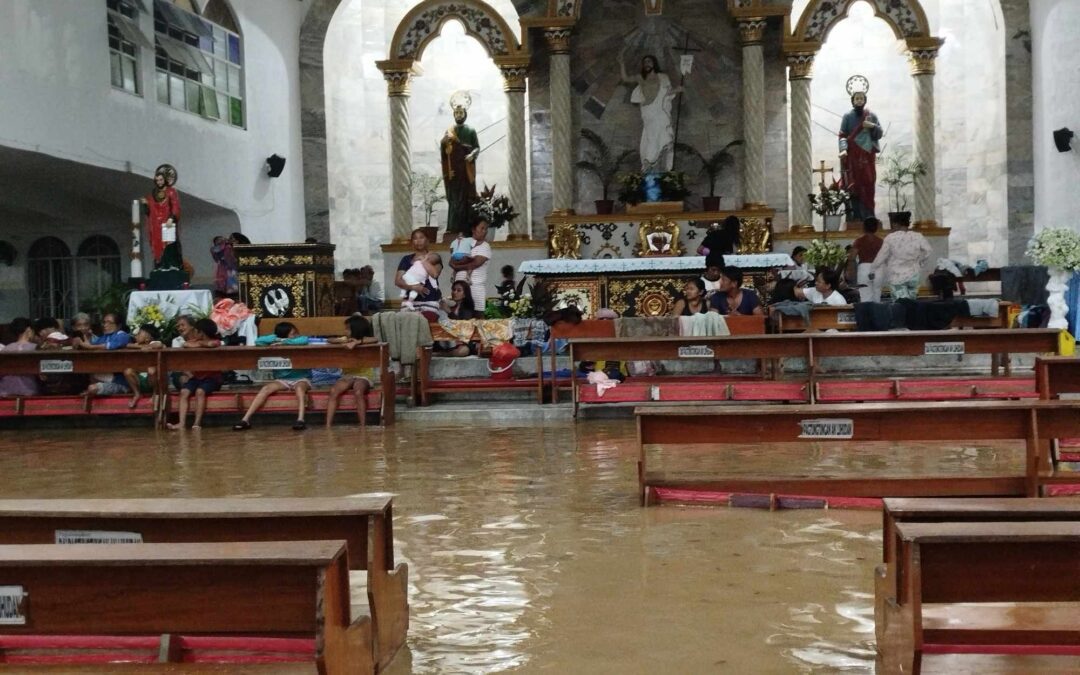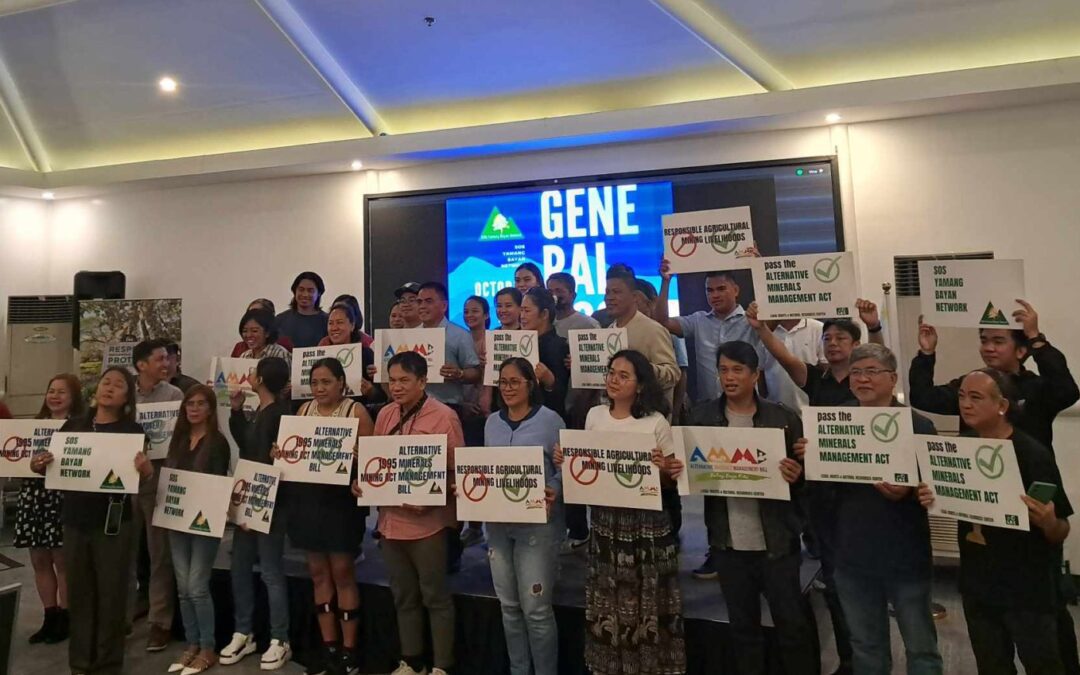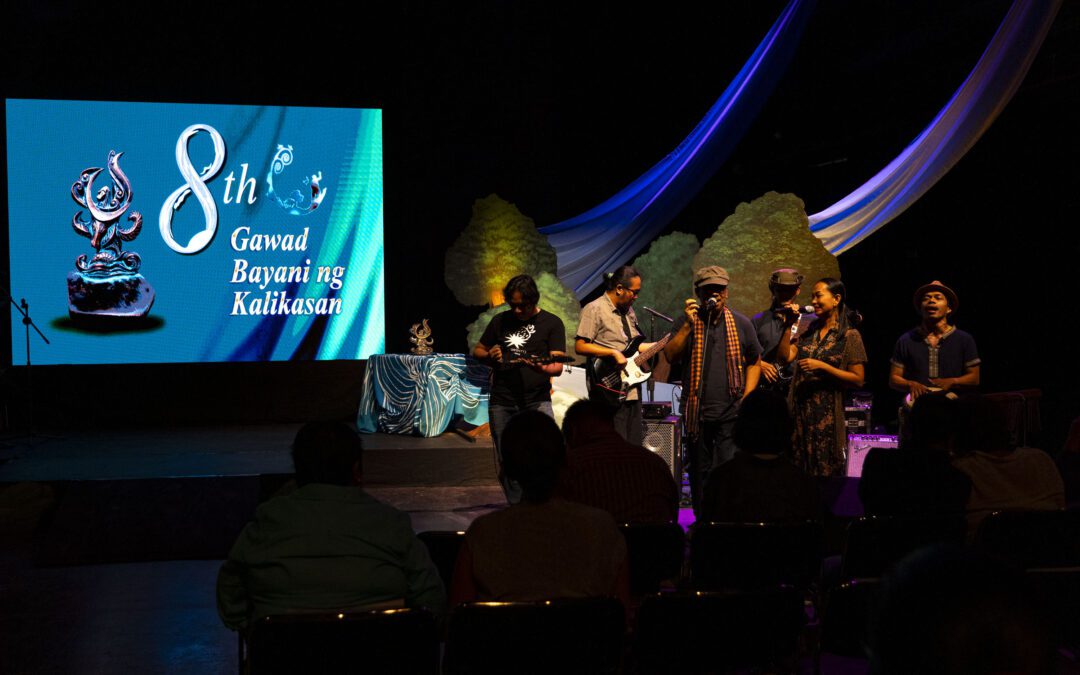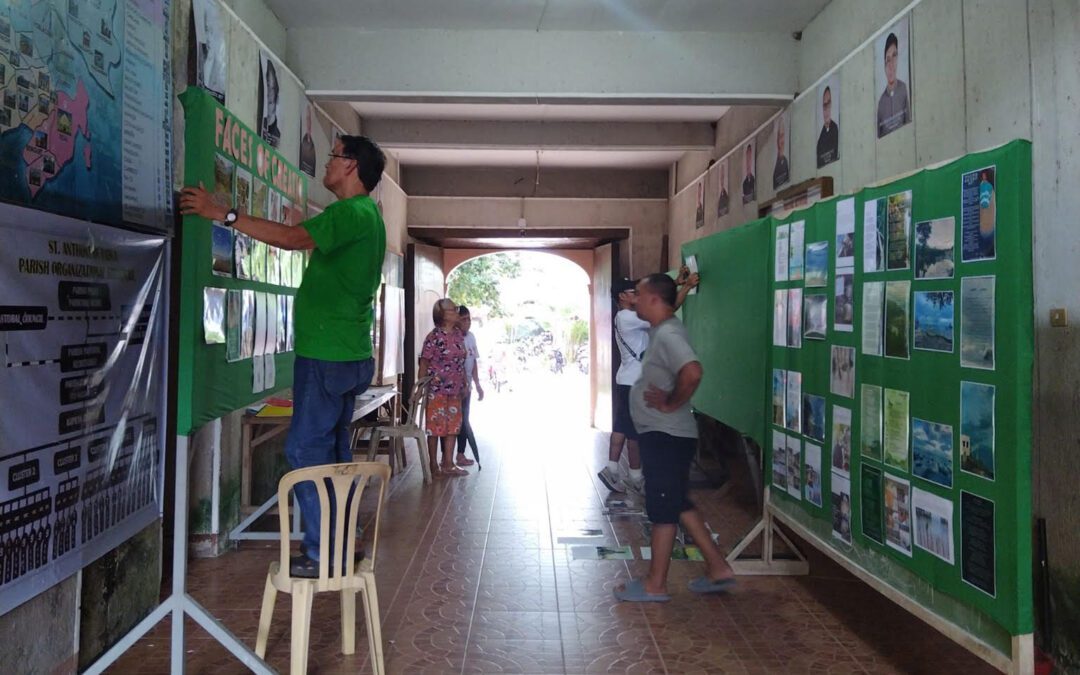Will 2025 finally be the year? The climate crisis has never been more relevant, from the halls of Congress to daily living. The impacts of extreme heat are increasingly being felt at the household level, from the suspension of classes to concerns about the supply of food, water, or electricity, depending on the region.
These developments come at an opportune time, as the Philippines gets ready for the 2025 national and local elections. With the current administration naming the climate crisis as a priority in its agenda, there is a chance that voters who put this leadership in place three years ago would also give it more importance when they decide who should govern them starting next year.
However, if recent patterns are any indication, that chance will be low.
Names and narratives
Politics in the Philippines are still not defined by positions on critical issues, at least in the eyes of many voters. To them, it is still based on personalities, names, and narratives. And we should not expect this long-term trend to fully disappear anytime soon.
Just look at the 2022 national elections. The current President did not even bother to participate in the broadcasted debates with other candidates, successfully betting on the strength of the narrative of a so-called “comeback” story and avoiding unnecessary risks.
The legislative branch was no exception. The field of 12 elected senators consisted of celebrities and political dynasties; in a few cases, they qualify as both. The same last names captured or regained a vast majority of the seats in the House of Representatives. Recent public polls on the 2025 Senatorial favorites show no signs of this pattern being reversed next year.
Despite the best efforts of non-government organizations (NGOs), the media, and other groups, the climate and environment remained largely on the sidelines during the official campaign period. While public debates and forums were organized to include the positions of the candidates on green issues, they had little impact on voter preferences.
Leading up to the 2022 elections, the green agenda was not even in the top five of priority issues for the electorate. Instead, the economy was identified as the top issue, followed by jobs, education, poverty, and corruption, all of which are also critical problems to address.
While Filipinos are aware that the climate is changing, their understanding of this crisis remains low. While it has been established globally that the pollutive actions of human beings are its cause, only 33% of Filipinos have this stance. Less than half have sufficient knowledge about the climate crisis, an indication of the difficulties in elevating this agenda’s importance in the eyes of the public.
Make it matter more
As counterproductive as it initially sounds, one way to make the green agenda a bonafide election issue is to directly engage with government officials. Several studies have shown that the recent administrations continue to significantly shape public opinion on the green agenda, despite endless criticisms and controversies.
For example, surveys by Yale University, Meta, and the United Nations Development Program both show that a majority of Filipinos support the continued use or increase in dependence on fossil fuels, including gas. This is despite the burning of fossil fuels being the cause of the climate crisis, to which the country is one of the most vulnerable; the Duterte and Marcos regimes’ strong push for the expansion of the country’s gas infrastructure led to these results.
Another way is for advocacy groups to strengthen effective communications through social media. This remains an area of the sector’s work that has yet to be fully understood and maximized, which would aid tremendously in popularizing the green agenda. The Philippines has consistently ranked among the world’s top users of social media and digital platforms, whether its citizens access reliable sources of information or fall prey to deliberate greenwashing and disinformation.
Numerous individuals and organizations have been attempting to raise awareness and improve understanding of the climate and environment, the most famous of which is Celine Murillo’s TikTok posts on biodiversity. Upcoming campaigns should focus on merging the climate issue with its impacts on the economy, jobs, and other known priority problems for voters.
We have also seen an increase in media coverage of climate-related issues in the Philippines. In recent years, media companies have broadcasted among others special series of reports in primetime news programs, documentaries on the impacts on vulnerable communities, and online sharing of stories of resilience and implementation of solutions on the ground.
Yet even with these activities, much like any other aspect of climate action, the rate of progress of making the climate crisis a major election issue is less than how fast its impacts are worsening. These efforts need to be further scaled up and amplified or we risk these dialogues and outcomes not bursting out of their own figurative bubble.
Every Filipino, no matter the region, wealth, or any other categorization, is a stakeholder to addressing the climate crisis. If the “whole-of-society” approach will continue to be proclaimed by the government as necessary to address the climate crisis [and it is necessary], then it stands that decision-making processes must be inclusive and democratized. Thus, it can be argued that the national elections are the single biggest, most apparent test of the “whole-of-society” approach.
Reversing longstanding sociopolitical trends would not take mere months. Yet the climate crisis does not care about these trends or short-term promises and outlooks. The sooner voters can see and understand that, the better.
John Leo is the National Coordinator of Aksyon Klima Pilipinas and the Deputy Executive Director for Programs and Campaigns of Living Laudato Si’ Philippines. He has been representing Philippine civil society in UN climate and environmental conferences since 2016. He has been a climate and environment journalist since 2016.






0 Comments